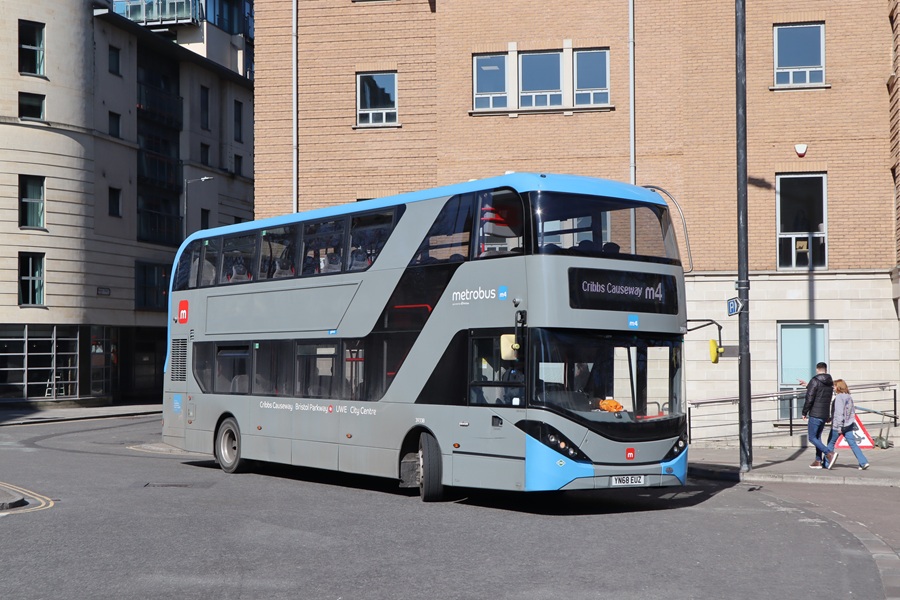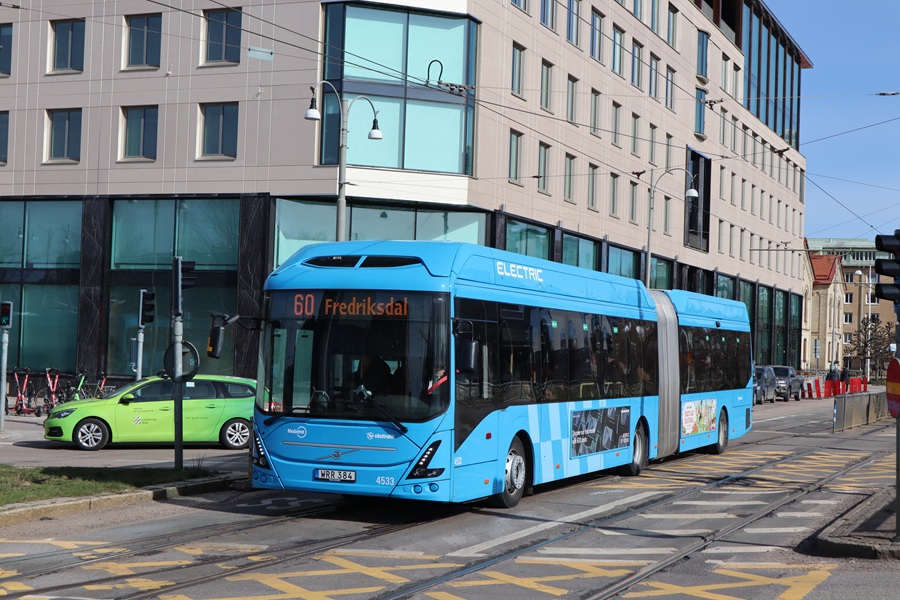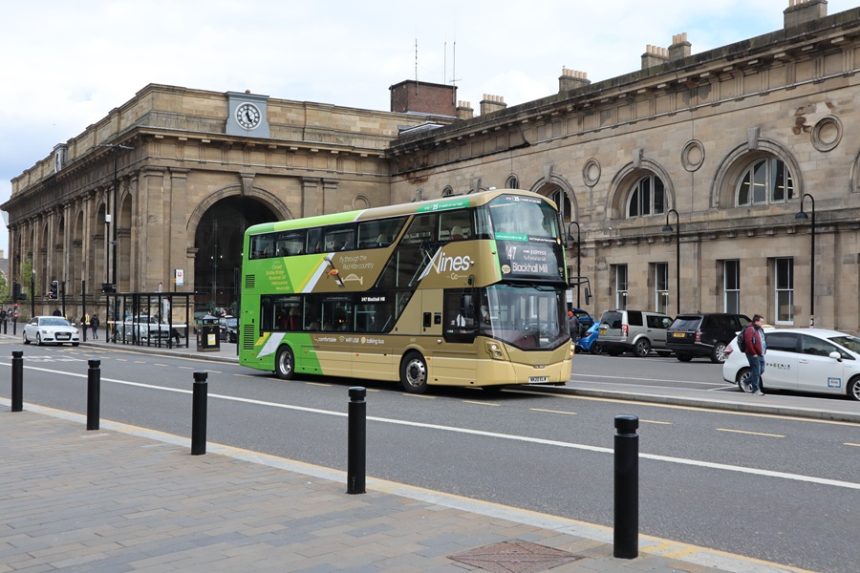Cohesive bus funding and policy interventions must flow from the Department for Transport (DfT) if local transport authorities (LTAs) in England are to deliver on aspirations for service improvement, a report from the National Audit Office (NAO) has concluded.
Local Bus Services in England was published on 27 June and is in effect a value-for-money report on bus funding. It has found that despite “significant investment” in bus services from successive governments, desired outcomes are not yet being achieved.
The report notes how DfT provided £5.9 billion of bus-specific funding between 2020/21 and 2024/25. £2 billion was for COVID-19 recovery. But usage has declined by 9% in England outside London since 2019/20 and mileage fell by 15% between 2019/20 and 2023/24.
NAO adds that while the pandemic had a major impact on bus services and patronage and on deliverability of the central bus service improvement agenda, other factors are hindering outcomes.
“While progress has been made, longstanding issues with the performance of the bus sector remain,” it continues. “DfT could, however, have made more progress in establishing how it targets improvement from its funding and how it supports and monitors progress.”
Chair of the Committee of Public Accounts Sir Geoffrey Clifton-Brown observes that while DfT “has taken some positive steps” to improve bus services, “its multiple short-term funding streams and lack of focus on monitoring outcomes [have] hindered progress.”
Sir Geoffrey adds that within the forthcoming Integrated Transport Strategy, DfT “will need to set out clear strategic priorities to be delivered at local level and ensure that passengers are receiving an adequate service.”
13 separate grants have been used to fund buses in England between 2020/21 and 2024/25. Largely short-term pots have impacted the effectiveness of how monies can be spent, the report continues.
While the current government is tackling that via longer-term consolidated LTA settlements, the document adds that in 2023, 46% of those bodies rated their capacity to deliver local transport as very poor or fairly poor.

In its comments on how DfT has monitored funding, NAO says that “has been focused on individual activities rather than the outcomes it wants [LTAs] to achieve for bus services,” although acknowledged is how work to improve monitoring is underway.
Recommendations in the report include consolidation of longer-term settlements and development of the Bus Centre of Excellence. NAO also advocates that DfT should:
- Clearly and consistently communicate on strategic long-term ambitions and associated plans for bus services
- Ensure that roles, responsibilities and accountabilities in the sector are clearly articulated, understood and shared
- Outline how it may intervene in cases of under-performance
- Agree and communicate with stakeholders what range of information it needs to monitor bus networks and act to “fulfil its role as custodian of that system”
- Develop its understanding of what capabilities LTAs need
- Identify further opportunities where it can support LTAs, including around franchising, Enhanced Partnership, and zero-emission vehicles.
Highlighted are how initiatives via Bus Service Improvement Plan work, while positive, are taking longer to implement than planned and that most capital improvements are still undelivered.
Notably, NAO believes that 15% of those “are unlikely to be implemented in their current form,” with delays from a lack of local support, capacity constraints and inflation cited.
Also mentioned is how without capital improvements such as bus priority or revenue schemes to improve ridership, DfT “forecasts that the [bus] sector would become financially unviable at current service levels.”
Commercial viability of the bus industry in England is already in focus. The report notes how around 50% of operator income is now from the public sector. That broadly agrees with data presented by industry economist David Leeder earlier in 2025.

In response, the Confederation of Passenger Transport (CPT) has rejected worry over commercial viability of local bus services, noting how England outside London saw a 15% increase in usage in 2024 against a backdrop of low sector funding by European standards.
“We do not recognise the description of an industry with weakening commercial viability,” says CPT Chief Executive Graham Vidler, although he agrees with the report’s findings that worsening congestion, the pandemic and a decline in funding “have damaged growth in bus travel over a longer period.”
In its response to the report, Bus Users UK says that such publications “remind us of the urgent need to rebuild trust in the system.” The advocacy group believes that bus services are “at breaking point in many areas” and it thus supports tying long-term, consolidated funding to meaningful passenger outcomes, not outputs.
Download the National Audit Office report here.

























